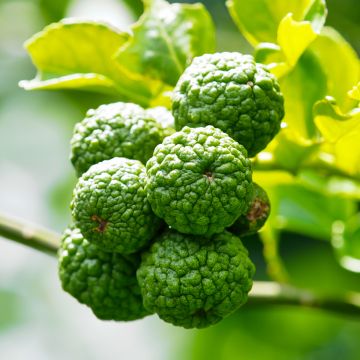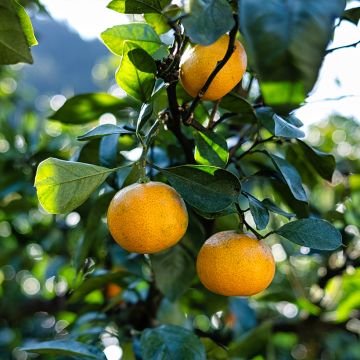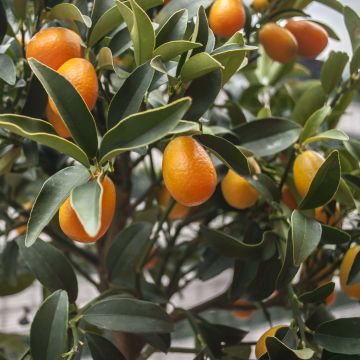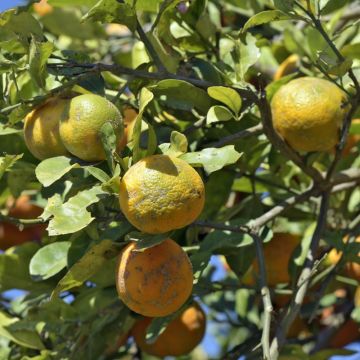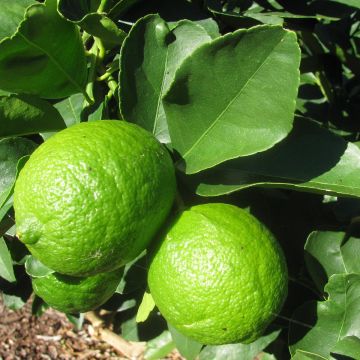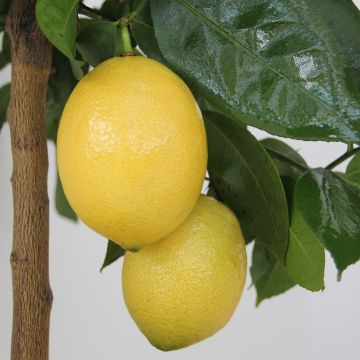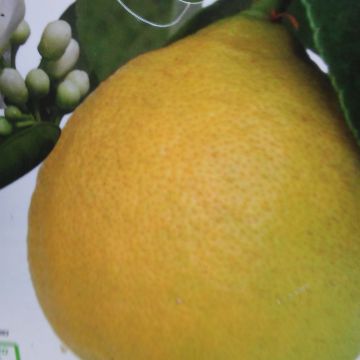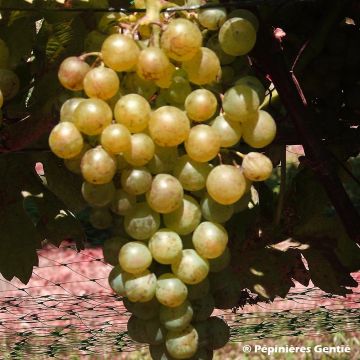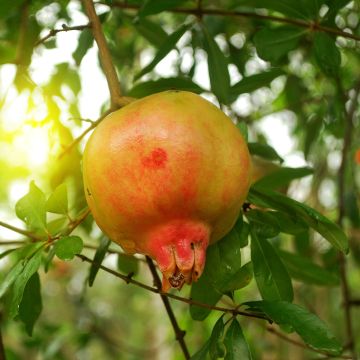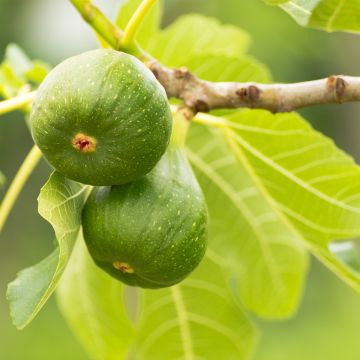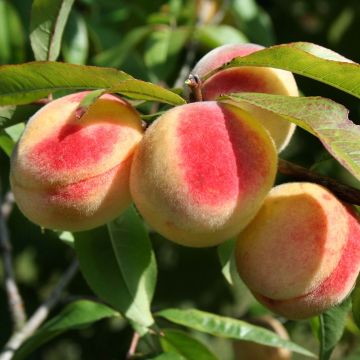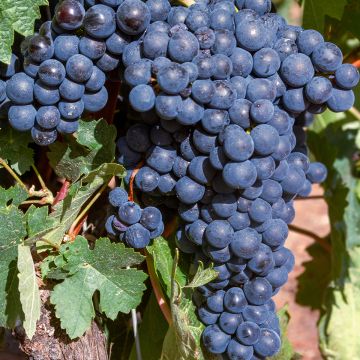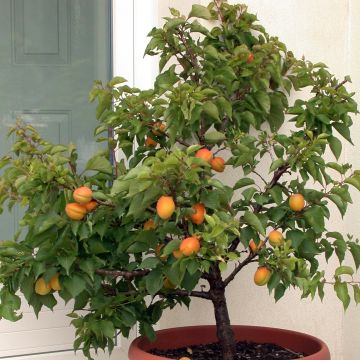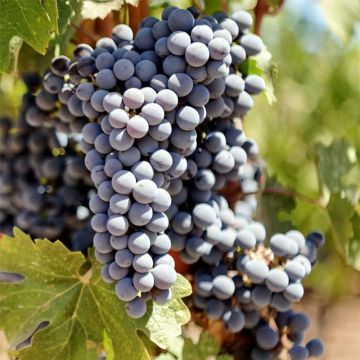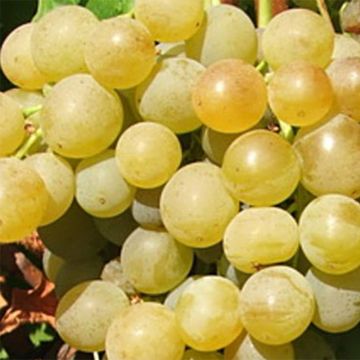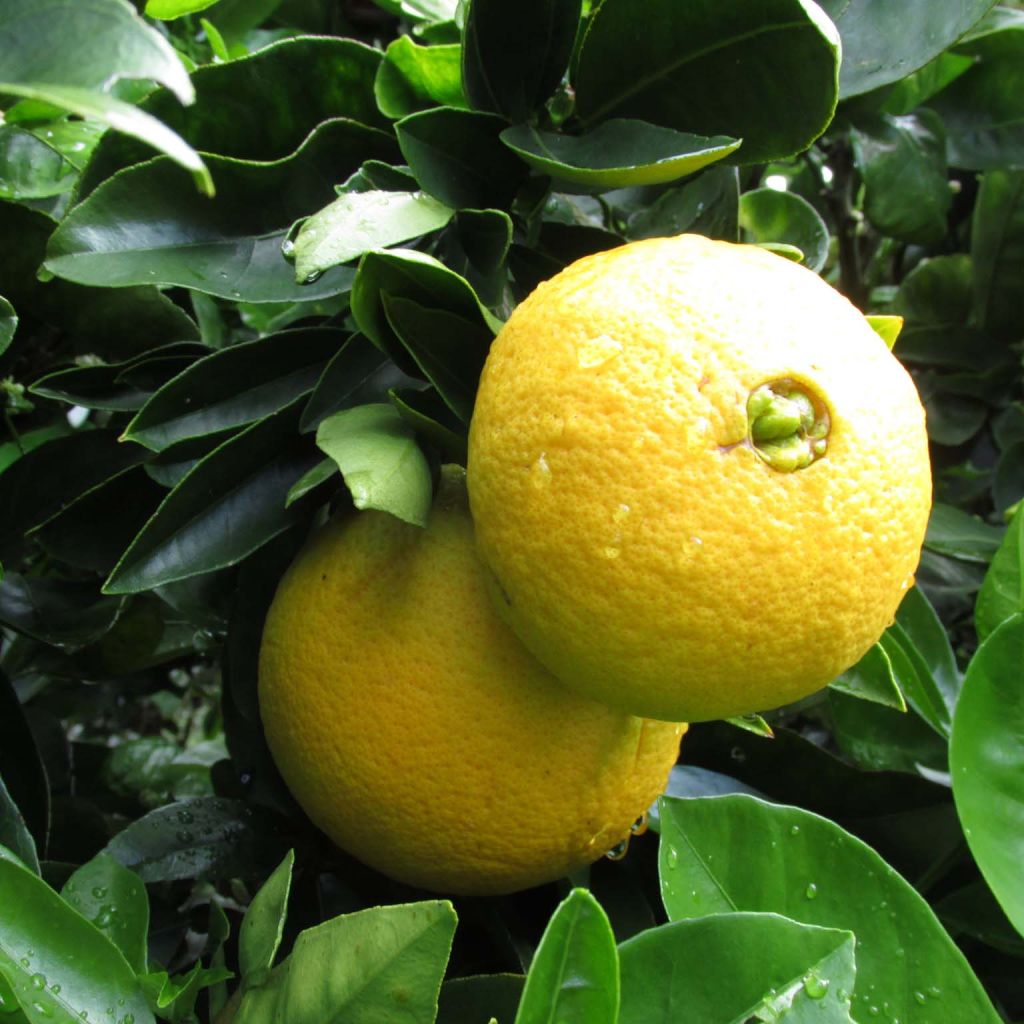

Oranger - Citrus sinensis Washington Navel
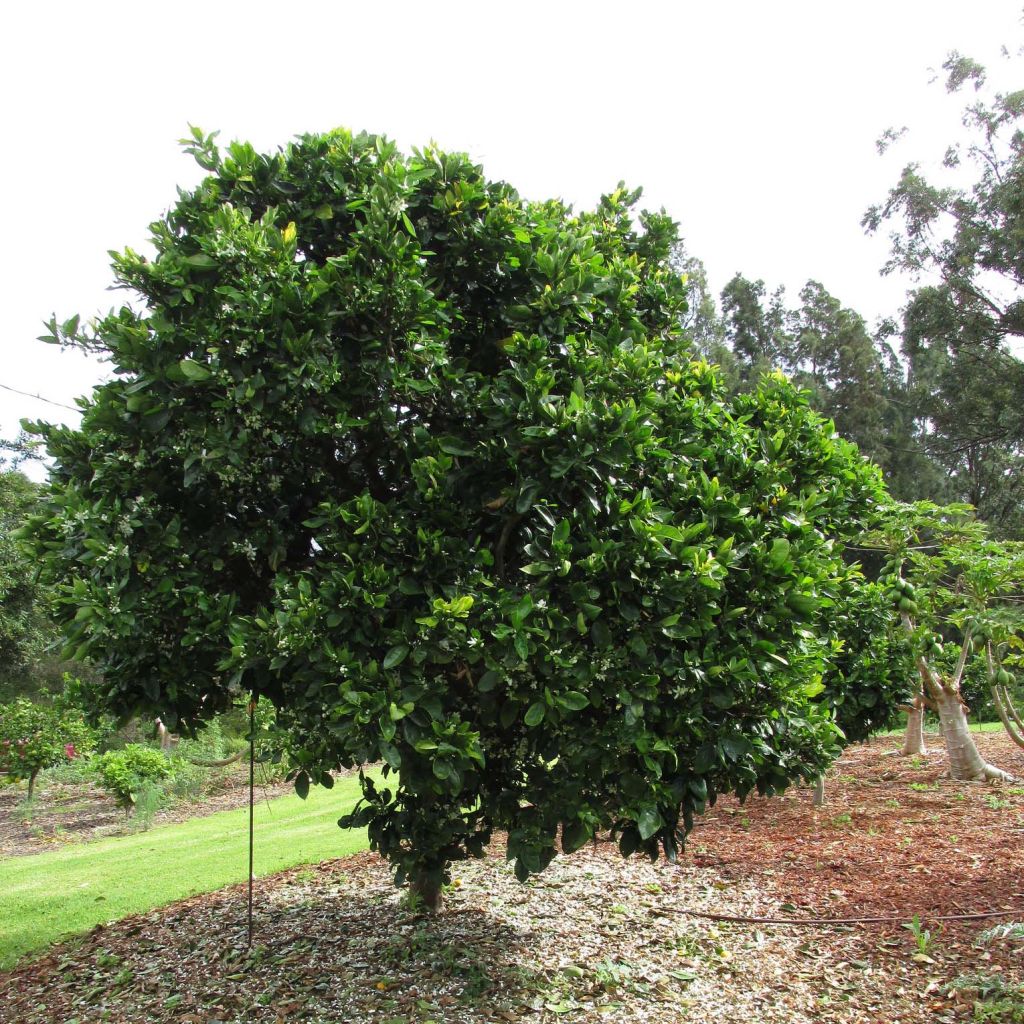

Oranger - Citrus sinensis Washington Navel
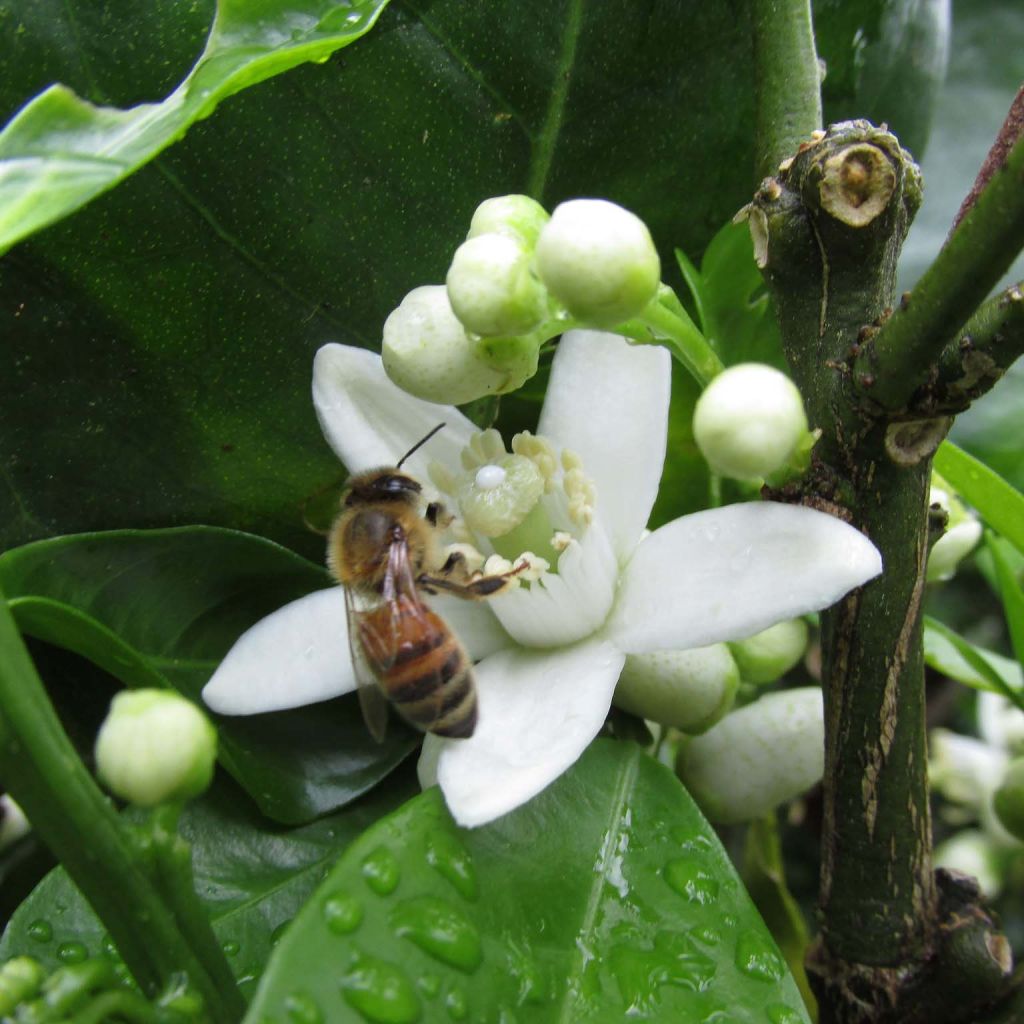

Oranger - Citrus sinensis Washington Navel
Citrus sinensis 'Washington Navel'
Citrus sinensis Washington Navel
Sweet Orange, Navel Orange, Valencia Orange, Blood Orange
This item cannot be shipped to the selected country
Delivery charge from €5.90
Delivery to Corse prohibited
More information
Delivery charge from €5.90
Delivery to Corse prohibited
More information
Schedule delivery date,
and select date in basket
This plant carries a 6 months recovery warranty
More information
We guarantee the quality of our plants for a full growing cycle, and will replace at our expense any plant that fails to recover under normal climatic and planting conditions.
From €5.90 for pickup delivery and €6.90 for home delivery
Express home delivery from €8.90.
Delivery to Corse prohibited: UE law prohibits the import of this plant from mainland France to Corse as part of the fight against Xylella fastidiosa. Please accept our sincere apologies.
More information

Description
The 'Washington Navel' Orange, Citrus sinensis in Latin, is a beautiful fruit tree with a rounded silhouette and fast growth. This variety, whose fruits are found everywhere in shops, is unanimously appreciated for its productivity, vigour, and delicious quality of its oranges. They peel very easily and contain both crunchy and juicy flesh, seedless, with a perfect balance of sweetness and acidity. The harvest takes place from December to March.
The Orange Tree is a tree native to Southeast Asia. It was introduced to Southern Europe, on the shores of the Mediterranean, in the year 1000 by the Arabs.
Cultivated on a large scale in Californian orchards where it finds an ideal climate, the 'Washington Navel' Orange can reach 6 to 7 metres (20 to 23 feet) in height when grown in the ground but will remain much smaller if grown in a pot or container. This variety is also known as 'Bahia', the Brazilian city from which it was imported to the U.S.A. in 1870.
With a rounded spreading habit, this vigorous bush has beautiful, dense and evergreen foliage. Its leaves are elongated, pointed, shiny on the upper side, ranging from bright green to dark green, and very aromatic when crushed. It produces many small white flowers with waxy texture and remarkable fragrance in early spring (March-April). After pollination by insects, they give way to round oranges, 7 to 10 cm (3 to 4in) in diameter, characterised by a deep depression on the top called 'navel'. Under a fairly smooth and thin skin, there is juicy and pulpy flesh with a very pleasant flavour. The orange colour only develops under the effect of cold; it is not a sign of ripeness. The fruits, which take about 1 year to ripen, can be harvested starting from December.
Like all Citrus trees, the Orange Tree contains essential oil glands in its leaves, flowers, and fruits, which can be extracted by distillation (flowers and leaves) or pressing (zest). Most citrus trees thrive in the ground in Mediterranean coastal regions, where they find the necessary warmth all year round. They will be grown in pots and protected from the first cold weather elsewhere. Not very hardy, the Washington Navel Orange tree starts to suffer from cold temperatures at -5°C (23°F) and dies at -8°C (17.6°F).
The 'Washington Navel' Orange is a self-fertile bush, meaning a single individual is sufficient for complete pollination and fruiting. However, if your citrus tree remains indoors permanently, you must allow pollinators to do their work occasionally or, if delicate enough, perform pollination by hand with a brush.
Citrus sinensis 'Washington Navel' in pictures
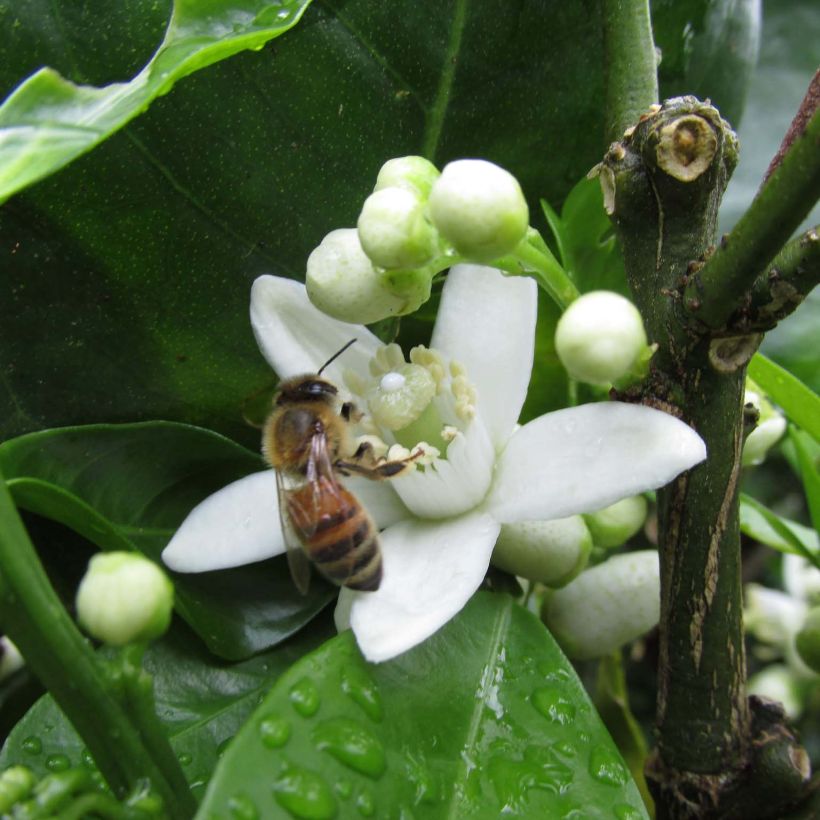

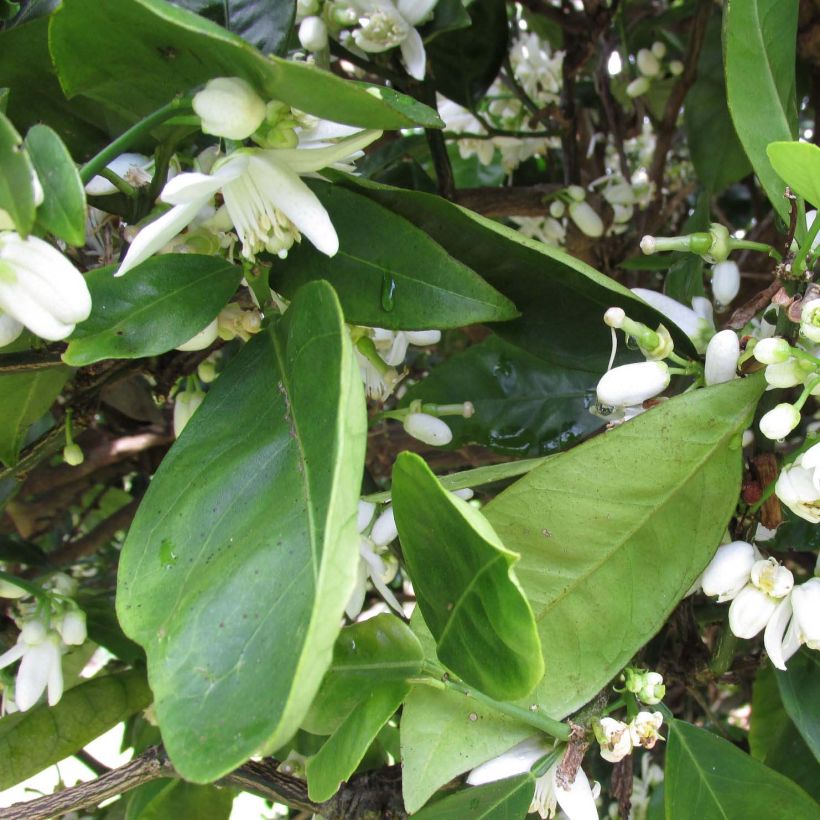

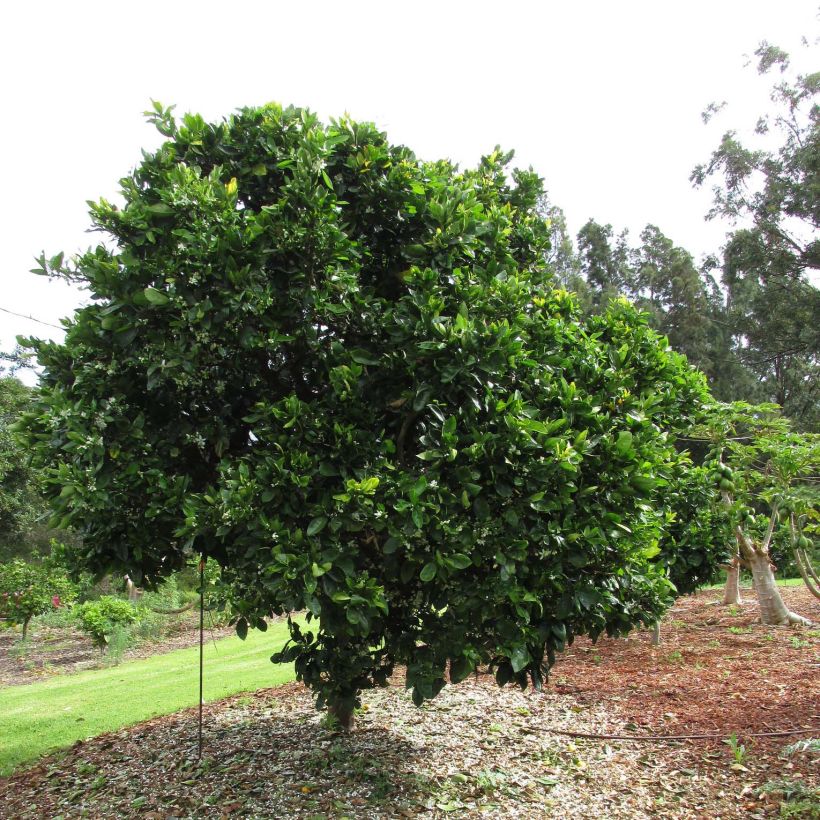

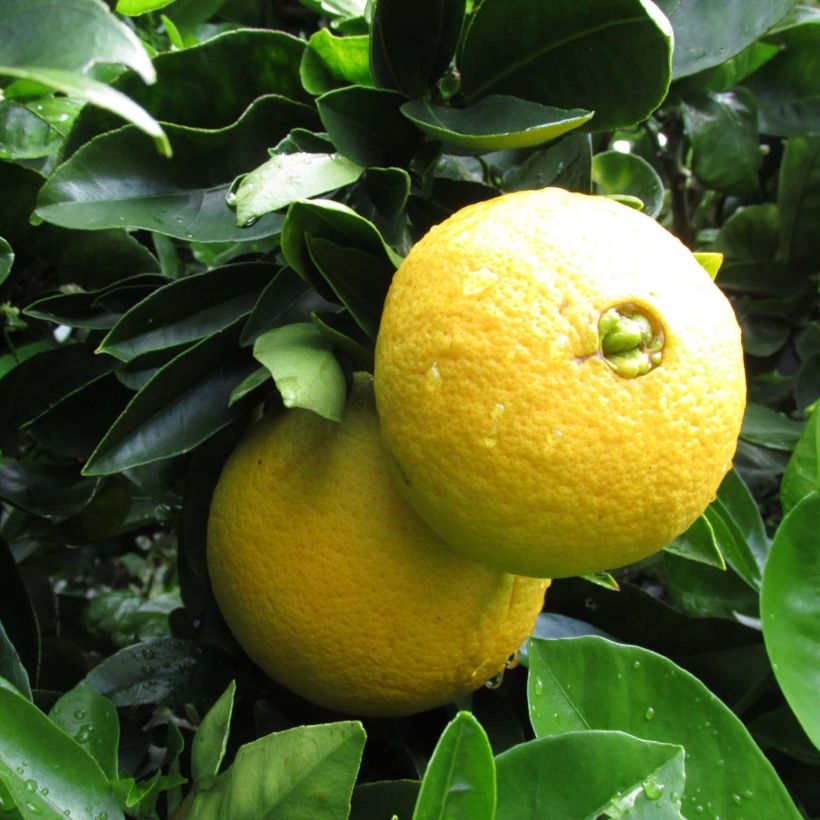

Plant habit
Fruit
Flowering
Foliage
Botanical data
Citrus
sinensis
Washington Navel
Rutaceae
Sweet Orange, Navel Orange, Valencia Orange, Blood Orange
Cultivar or hybrid
Other Citrus trees
Planting and care
Planting in open ground: The Orange tree prefers slightly acidic and non-limestone soils. If you are considering planting a citrus tree in open ground, it is recommended that you live in a Mediterranean coastal strip. The ideal time to plant citrus trees is in the early spring months of March and April.
To start, moisten the root ball by watering it, then dig a hole that is four to five times larger than the root ball. If your soil is limestone, add ericaceous soil to it, but if it is heavy and compact, add one-third sand to lighten it. Citrus trees do not like limestone soils or poorly draining soils as they dislike having their roots in stagnant water. Be careful not to bury the collar and firmly pack the soil.
Citrus trees require a lot of nutrients, so consider adding well-decomposed compost with humus or special citrus fertiliser to the soil. Choose a sunny location for your citrus tree, but avoid placing it in a location that is too hot or exposed to strong winds, which can damage the leaves. Also, make sure to keep the tree away from any sea spray.
Pot planting: in all other regions, Citrus trees will be planted in pots stored in an orangery or a cold greenhouse in winter and outdoors once the frost is over. Pot planting or repotting takes place at the end of summer. Choose a pot slightly larger than the root system, as citrus trees do not like to feel cramped. Moisten the root ball well. To improve drainage, line the bottom of the pot with clay pebbles. Loosen the root ball and mix two-thirds of the garden soil with one-third of the "special citrus" potting soil. Water generously using pots made of clay or breathable material.
Citrus trees need a lot of water to thrive. Your Orange tree, especially when grown indoors, should be watered daily, and the soil should remain consistently moist. Similarly, regularly provide it with the fertiliser it needs: every 6 months for slow-release granular fertiliser or every 3 waterings for liquid fertiliser.
Planting period
Intended location
Care
Mediterranean fruit trees
Haven't found what you were looking for?
Hardiness is the lowest winter temperature a plant can endure without suffering serious damage or even dying. However, hardiness is affected by location (a sheltered area, such as a patio), protection (winter cover) and soil type (hardiness is improved by well-drained soil).

Photo Sharing Terms & Conditions
In order to encourage gardeners to interact and share their experiences, Promesse de fleurs offers various media enabling content to be uploaded onto its Site - in particular via the ‘Photo sharing’ module.
The User agrees to refrain from:
- Posting any content that is illegal, prejudicial, insulting, racist, inciteful to hatred, revisionist, contrary to public decency, that infringes on privacy or on the privacy rights of third parties, in particular the publicity rights of persons and goods, intellectual property rights, or the right to privacy.
- Submitting content on behalf of a third party;
- Impersonate the identity of a third party and/or publish any personal information about a third party;
In general, the User undertakes to refrain from any unethical behaviour.
All Content (in particular text, comments, files, images, photos, videos, creative works, etc.), which may be subject to property or intellectual property rights, image or other private rights, shall remain the property of the User, subject to the limited rights granted by the terms of the licence granted by Promesse de fleurs as stated below. Users are at liberty to publish or not to publish such Content on the Site, notably via the ‘Photo Sharing’ facility, and accept that this Content shall be made public and freely accessible, notably on the Internet.
Users further acknowledge, undertake to have ,and guarantee that they hold all necessary rights and permissions to publish such material on the Site, in particular with regard to the legislation in force pertaining to any privacy, property, intellectual property, image, or contractual rights, or rights of any other nature. By publishing such Content on the Site, Users acknowledge accepting full liability as publishers of the Content within the meaning of the law, and grant Promesse de fleurs, free of charge, an inclusive, worldwide licence for the said Content for the entire duration of its publication, including all reproduction, representation, up/downloading, displaying, performing, transmission, and storage rights.
Users also grant permission for their name to be linked to the Content and accept that this link may not always be made available.
By engaging in posting material, Users consent to their Content becoming automatically accessible on the Internet, in particular on other sites and/or blogs and/or web pages of the Promesse de fleurs site, including in particular social pages and the Promesse de fleurs catalogue.
Users may secure the removal of entrusted content free of charge by issuing a simple request via our contact form.

































